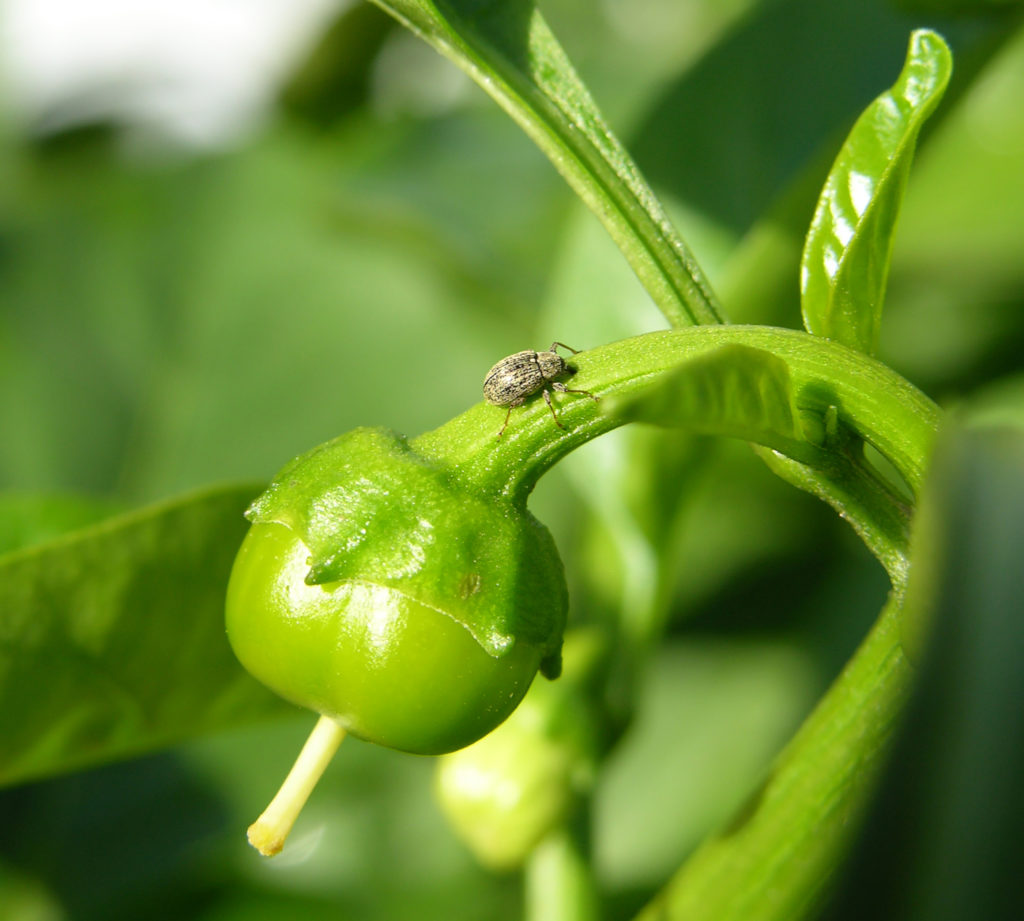By Clint Thompson
The recent hot and dry weather conditions that were prevalent across the Southeast could factor into how widespread insect pressure is heading into April.

Stormy Sparks, University of Georgia (UGA) Cooperative Extension vegetable entomologist, discussed the insect pests growers should be wary of during planting season across the region.
“Diamondback moth is starting to build up. We’ve had several fields reported with diamondback, but that’s primarily it right now,” Sparks said. “It’s going to be interesting to see what happens with whitefly and with pepper weevil, with the combination of the real cold in December and how warm it’s been since. That cold in December, particularly in whitefly, killed a lot of whiteflies. The weather we’ve had since then has not been good for the potential down the road. We’ve had enough warm weather to put on an extra generation. You give them an extra generation in the spring and by fall it gets ugly.
“We didn’t get cold enough to kill pepper weevil, but we killed the host plants, and then you get all of this warm weather and they’re actually trying to live a normal life rather than being hunkered down in the cold. They can live a long time as an adult in the cold weather but not very long under warm conditions because their biology is kicking in. We’ve got conflicting environmental conditions right now. It’s going to be interesting to see how it plays out.”
Sparks said there are a limited number of pesticides available that are relatively effective against pepper weevil, which makes preventative protection the best course of management for growers. Actara, Vydate, diamides and pyrethroids can be used in a program to control pepper weevil.
Whiteflies migrate from winter vegetables to spring vegetables to agronomic crops, like cotton, to fall vegetables and back to winter vegetables. Vegetables like squash, zucchini, cucumber and snap beans are susceptible to viruses transmitted by whiteflies.
If growers can’t control a virus disease with a fungicide, there are options are available for producers to protect their crops? Weed control and proper sanitation with a crop at the end of the season will reduce population numbers.









